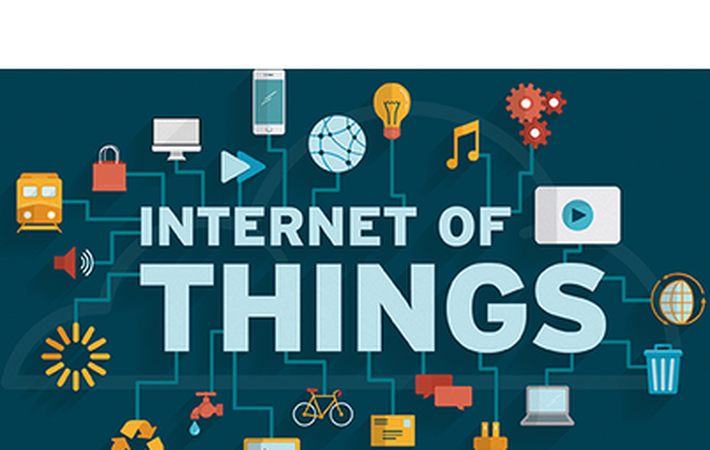
Published on 05/17/2017 | Use Cases
Internet of Things (IoT) is the network of physical objects/things that contain technology embedded within which enables them to communicate, and sense or interact with their internal states or the external environment.
As the number of devices connected to the internet are increasing exponentially the greatest concerns that need to be taken care is to provide security to remotely access the devices. From 15 billion devices today, the world will see 50 billion devices connected via the Internet of Things (IoT) by 2020, according to a report by Cisco.

How will biometrics come into IoT?
I come across some market research findings on biometrics and the internet of things:
Secure accessing of IoT devices:
Traditionally user authentication is provided in two ways.
Ø Single-factor passwords or PINs
Ø Multi-factor authentication.
A password or PIN alone is a single-layer authentication is riskiest since passwords and PINs can easily be shared, lost, forgotten, hacked, or stolen and it is the only layer of authentication that is required.
Two-factor or multi-factor authentication is a popular method, but when used with a password/PIN/card can cause friction at the user level. This is because passwords/PINs/cards are easily forgotten, shared or stolen… Which is really a testament to the fact that the guaranteed security of usernames and passwords is prevented by the human need for ease and convenience.
The only way to resolve the above drawbacks is to apply Biometric technologies in user authentication and biometrics emerged as a secure and convenient way of granting the access.
Biometric is a measurement and statistical analysis of physical and behavioral characteristics of a people.

The biggest differentiator between a biometric and other authentication method is that it is the only way to truly verify the identity of the individual because that biometric is ~100% unique to that individual.
Biometrics in IoT Applications:
Ø Smart security
Ø Healthcare & Hospitals.
Ø Financial services.
Ø Automotive Industry.
Ø Endless applications wherever Identification and confirmation is required.
As the Internet of Things continues to evolve so will the mainstream use of biometrics. It is mandatory to use biometric authentication in IoT this is because it verifies the true identity of the user of the application in more efficient and secure way.
This article was originally featured on LinkedIn.